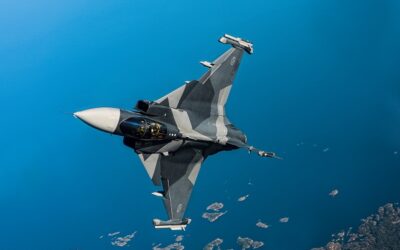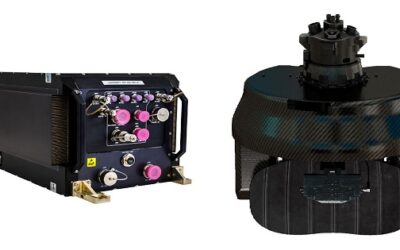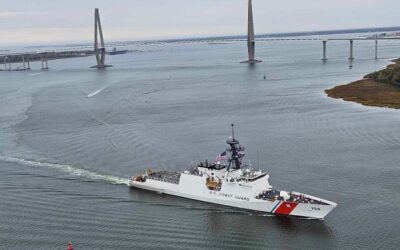Five Candidates Offer a Range of Traditional to Radical Solutions
MON reported on 4 March on Boeing unveiling its candidate for the US Army’s Future Attack Reconnaissance Aircraft (FARA) requirement (see https://monch.com/mpg/news/air/6770-boeing-unveils-candidate-for-us-army-fara-competition.html.) Peter Donaldson examines the requirement – and the programme – in a little more depth.
This month, the Army is due to choose two contenders (from five) to go forward in the FARA competition, which is intended to provide a replacement for the very successful OH-58D/F KIOWA WARRIOR, the last of which was retired from combat roles in 2017, in the wake of a 2014 decision. This will be the service’s fourth effort to procure a purpose-designed armed scout helicopter since the 1980s.
The US has vast military rotorcraft design and manufacturing capability that draws on a deep well of imagination and innovation. However, the Army’s record of turning radical ideas into operational aircraft is less impressive: the armed scout role has been filled by interim solutions since the Vietnam War.
The first serious attempt to replace the OH-6 CAYUSE and AH-1 COBRA pairing with a single type was the Light Helicopter Experimental programme, which kicked off in 1982 and resulted in the Boeing/Sikorsky RAH-66 COMANCHE that made it through a good portion of its test programme before being cancelled in 2004, a victim of the Army’s decision to concentrate on the wars in Iraq and Afghanistan.
From 2004, the Army looked for a simpler solution derived from a commercial aircraft, with Bell’s model 407-based ARH-70 ARAPAHO emerging as favourite before the Armed Reconnaissance Helicopter effort was canned in 2006, following cost increases.
The third effort was the Armed Aerial Scout, with a late 2011 request for information and flight demonstration that drew entries from AgustaWestland, Bell, Boeing, EADS/Eurocopter and MD helicopters with derivatives of existing designs, and more radical but non-flying proposals from AVX Aircraft and Sikorsky. The Army concluded that a new programme could not be justified by the performance of those that flew, and halted the effort in 2013.
All today’s FARA contenders are compound helicopters, with additional lift from wings to offload the main rotor at high speeds’ or extra thrust from a pusher propeller, or both.
• AVX/L3’s contender combines a coaxial rotor system with a high wing, a pair of ducted fans and side-by-side seating.
• Bell’s 360 INVICTUS seems the most conventional, with its single four-blade main rotor, canted fan-type anti-torque rotor, tandem seating and wings, but no thrust compounding.
• Boeing’s as yet unnamed FARA contender is another tandem with a single four-blade rotor, but uses both a conventional tail rotor and a pusher propeller; it is not shown with wings.
• Karem’s side-by-side AR-40 is arguably the most radical, as each of the three blades in the main rotor is controlled individually in pitch, enabling clever dynamic/aerodynamic optimisation. Its wings tilt in the hover, to minimise download from the rotor wash, and its tail rotor can swing through 90° to serve as a propeller at speed.
• Lockheed Martin Sikorsky’s S-97 RAIDER is the most familiar because it is well into its flight test programme, but the closely coupled Advancing Blade Concept rotor system, reversible pitch pusher propeller and transmission able to apportion power between them are a very advanced combination.
MON predicts that the INVICTUS and RAIDER will likely go forward, providing conventional and radical – but maturing – options from established manufacturers. However, packaging what is essentially a cutting-edge combat aircraft as a relatively small manned helicopter and justifying the cost to the bean counters remains a risk to the entire effort.
Peter Donaldson in London for MON

























